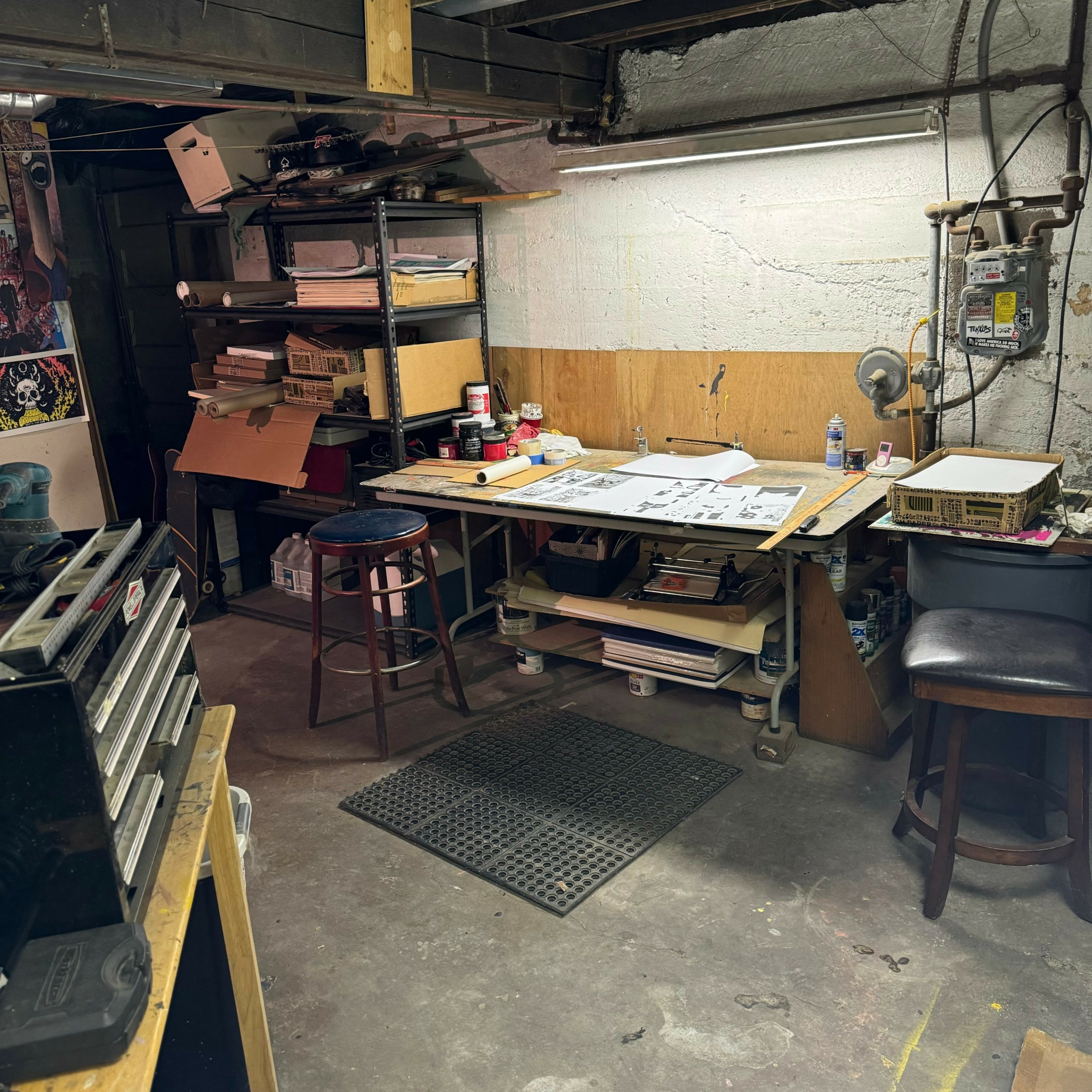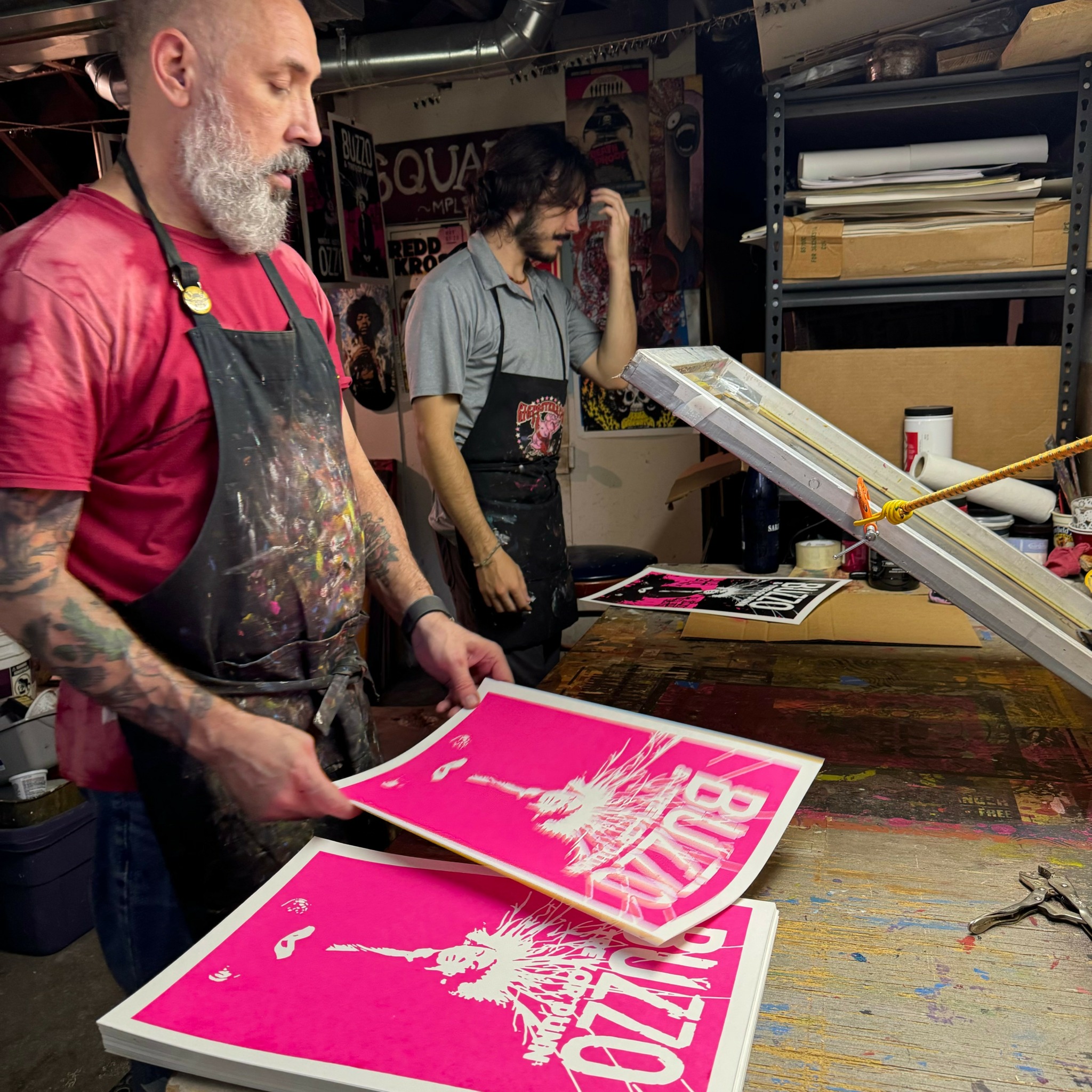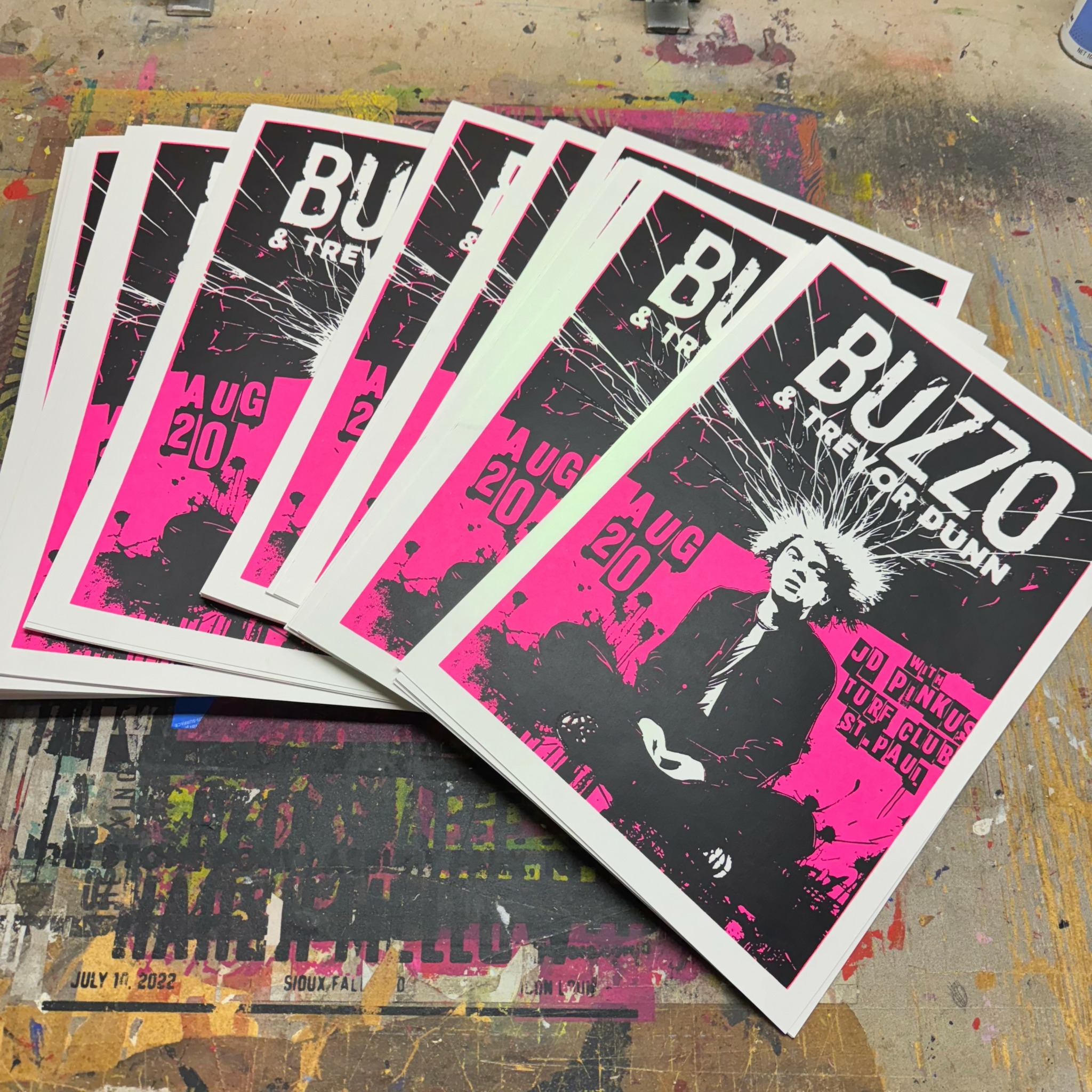We were lucky to catch up with Stephen Tenebrini recently and have shared our conversation below.
Stephen, looking forward to hearing all of your stories today. I’m sure there have been days where the challenges of being an artist or creative force you to think about what it would be like to just have a regular job. When’s the last time you felt that way? Did you have any insights from the experience?
I’m definitely happier as a creative, though it comes with unique challenges. People often don’t understand that being a Creative Director involves serious strategy and problem-solving, not just making things look good. Straddling both commercial and fine art worlds can also be isolating – fine artists sometimes look down on commercial work, while industry professionals focus heavily on advertising awards, which isn’t my priority. I occasionally wonder about having a more structured 9-to-5 job, but I know I wouldn’t find the same satisfaction. The creative freedom is worth the trade-offs.

Awesome – so before we get into the rest of our questions, can you briefly introduce yourself to our readers.
I began my journey studying fine art at the University of Minnesota, but my career took a turn during the internet boom of the late 90s. My background was uniquely suited for this transition – I had been coding since my days with a Commodore VIC-20, and I also held an AAS in broadcast technology. While still completing my BFA, I was already building websites for Fortune 500 companies, recognizing early on that media convergence would eventually lead to the streaming-dominated landscape we see today.
Throughout my work in UI/UX and interactive design, I maintained my commitment to traditional art forms, continuing to study painting, illustration, film, video, animation, and screenprinting. This diverse skill set led me to launch Squad19 Creative Union in the early 2000s, which became a platform for blending commercial work with artistic expression.
Squad19’s breakthrough came through concert poster design. These gig posters caught the industry’s attention and opened doors to larger opportunities, ultimately leading to Carmichael Lynch recruiting me for Harley-Davidson projects. The posters demonstrated our ability to merge commercial appeal with artistic integrity, which became our signature approach.
To maintain my connection to the fine art world, I curated and produced numerous group gallery shows between 2000 and 2020. These exhibitions provided a platform for both myself and other artists to showcase work free from commercial constraints, allowing us to push creative boundaries and experiment with new ideas.
This dual focus – maintaining both commercial success and artistic exploration – has become my defining strength. Whether I’m developing a corporate campaign or creating gallery pieces, I bring the same commitment to innovation and meaningful expression, always pushing to create work that resonates on multiple levels.

Is there something you think non-creatives will struggle to understand about your journey as a creative? Maybe you can provide some insight – you never know who might benefit from the enlightenment.
The main misconception is viewing creativity as just a fun hobby rather than serious work. Non-creatives often picture artists doodling all day, waiting for inspiration to strike. The reality is far more demanding – it’s about strategic thinking, problem-solving, and maintaining creative output even when you don’t feel inspired. This requires immense discipline and resilience.
Creativity isn’t just a job skill – it’s a distinct way of processing information and viewing the world. It means constantly connecting dots that others might miss and anticipating future trends before they become obvious. I experienced this firsthand during the early internet days, recognizing its transformative potential while others saw it as a passing fad. Today, I apply that same forward-thinking approach to emerging technologies like AI, AR, and VR, understanding how they’ll reshape creative industries.
The creative mind never really turns off. Whether I’m working on a client project or walking down the street, I’m always analyzing, questioning, and looking for new possibilities. This constant engagement can be exhausting, but it’s also what drives innovation and keeps us pushing boundaries in both commercial and artistic spaces.

Can you share a story from your journey that illustrates your resilience?
Running Squad19 as a side hustle for nearly 20 years wasn’t just about survival – it was about maintaining creative independence while building something sustainable. The early years meant 16-hour days split between my day job and Squad19 projects, but this dual-path approach allowed me to take creative risks that wouldn’t have been possible if I’d been solely dependent on client work.
The studio evolved from a small passion project into a respected creative force, particularly in the music and entertainment industry. Our approach to gig posters – mixing traditional screenprinting techniques with digital innovation – helped establish a unique visual language that attracted clients looking for something beyond conventional commercial art. What made Squad19 particularly valuable was its role as a creative laboratory. Without the pressure of it being my sole income source, I could experiment with new techniques and technologies, often taking on ambitious projects that pushed our capabilities.
Contact Info:
- Website: https://www.stevetenebrini.com/
- Linkedin: https://www.linkedin.com/in/tenebrini/
- Twitter: https://twitter.com/tenebrini

Image Credits
Sherry Tenebrini


